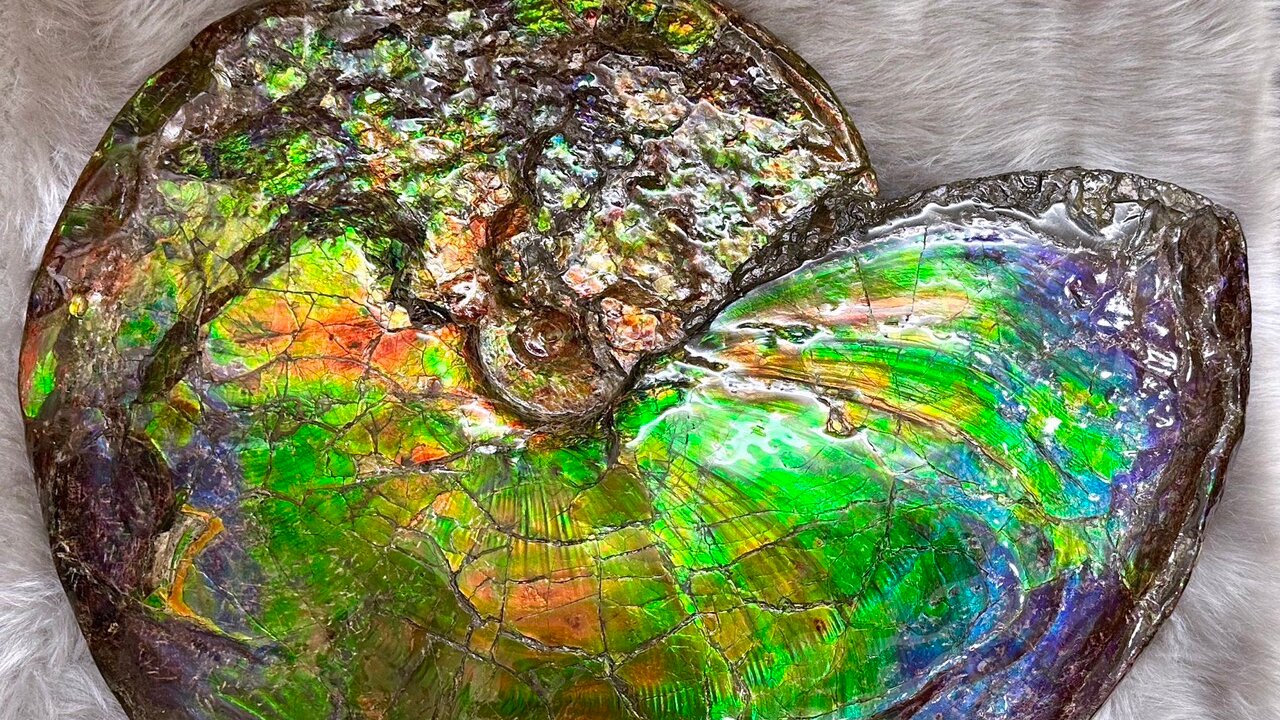Home / Science / Ammonite Fossils Unlock the Geological Artistry of Ammolite
Ammonite Fossils Unlock the Geological Artistry of Ammolite
11 Nov
Summary
- Ammolite's iridescent colors come from tiny air gaps in fossil layers
- Ammonites, extinct squid-like creatures, formed the original shells
- Ammolite gemstones are mined primarily from the Bearpaw Formation in Alberta

According to a new study published last month, the stunning iridescent colors of ammolite gemstones are the result of a unique geological process. Millions of years ago, squid-like creatures called ammonites swam through ancient seas, leaving behind their fossilized shells. These fossilized shells have now formed a rare and prized gemstone known as ammolite.
The study, conducted by researchers at Keio University in Japan, found that the vibrant colors of ammolite come from tiny air gaps, just four nanometers wide, between the layers of the mineral aragonite within the fossilized shells. These evenly spaced gaps reflect specific wavelengths of light, creating the gem's brilliant, iridescent hues.
"We were thrilled to discover that such an exquisite structure is created through the collaboration of biological and geological processes," said lead researcher Hiroaki Imai.
While ammonite fossils are found worldwide, the majority of the iridescent ammolite gemstones are mined from the Bearpaw Formation in Alberta, Canada. Geologists are still puzzled as to why certain areas of this formation produce the highly coveted, rainbow-colored ammolite, while other ammonite fossils remain a more muted, creamy white.
This new research has set the stage for further exploration into the geological factors that give ammolite its unique and captivating appearance, a true work of art created by nature.




